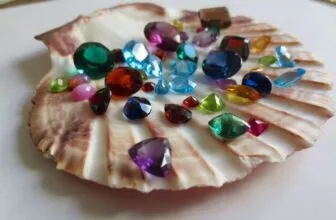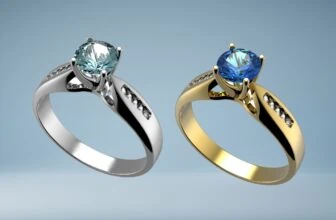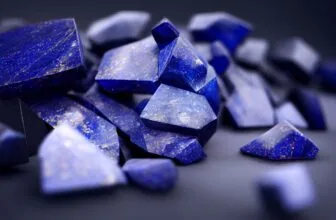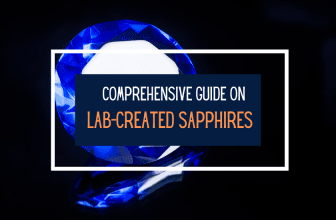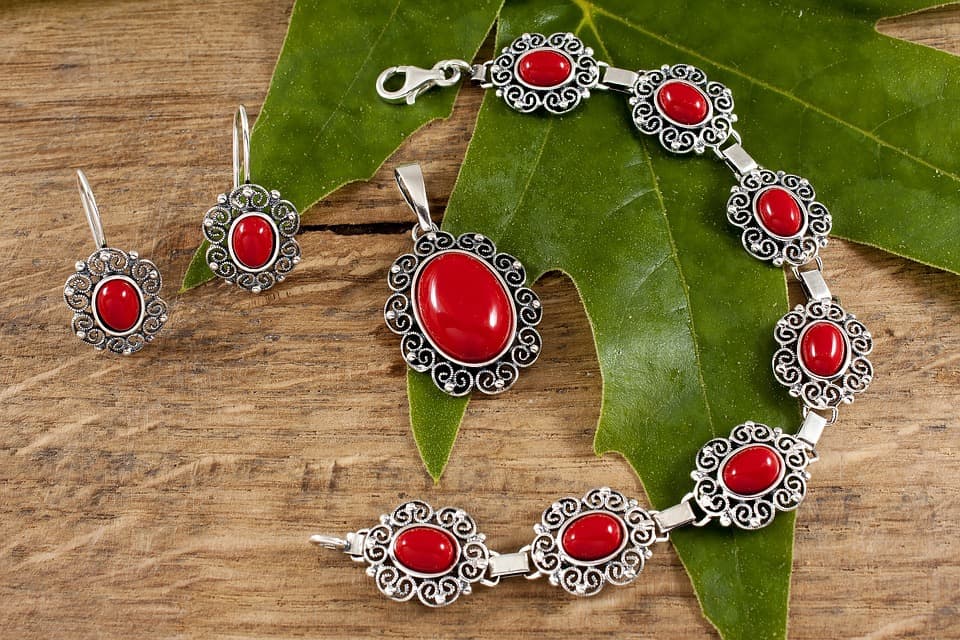
Table of Contents
The very word coral evokes images of the tropics, waving palms, blue sea, and colorful fish. But coral is much more than that.
Used over thousands of years to make jewelry, coral is known for its distinct warm colors and smooth, satiny texture. When crafted into beautiful jewelry, coral is as stunning as any gemstone.
But coral isn’t like any other gemstone out there. In fact, it is one of the most unique substances used in jewelry. How much do you really know about precious coral? Let’s find out.
How is Coral Formed?
Coral is a member of a small and exclusive group of precious stones known as organic gemstones. Organic gemstones are created from living matter, such as plants and animals and not from minerals. Some other examples of organic gemstones include pearls, which come from oysters, and amber from fossiled resin.
So what makes coral organic? Coral grows in the ocean and is made up of millions of miniscule marine creatures known as coral polyps.
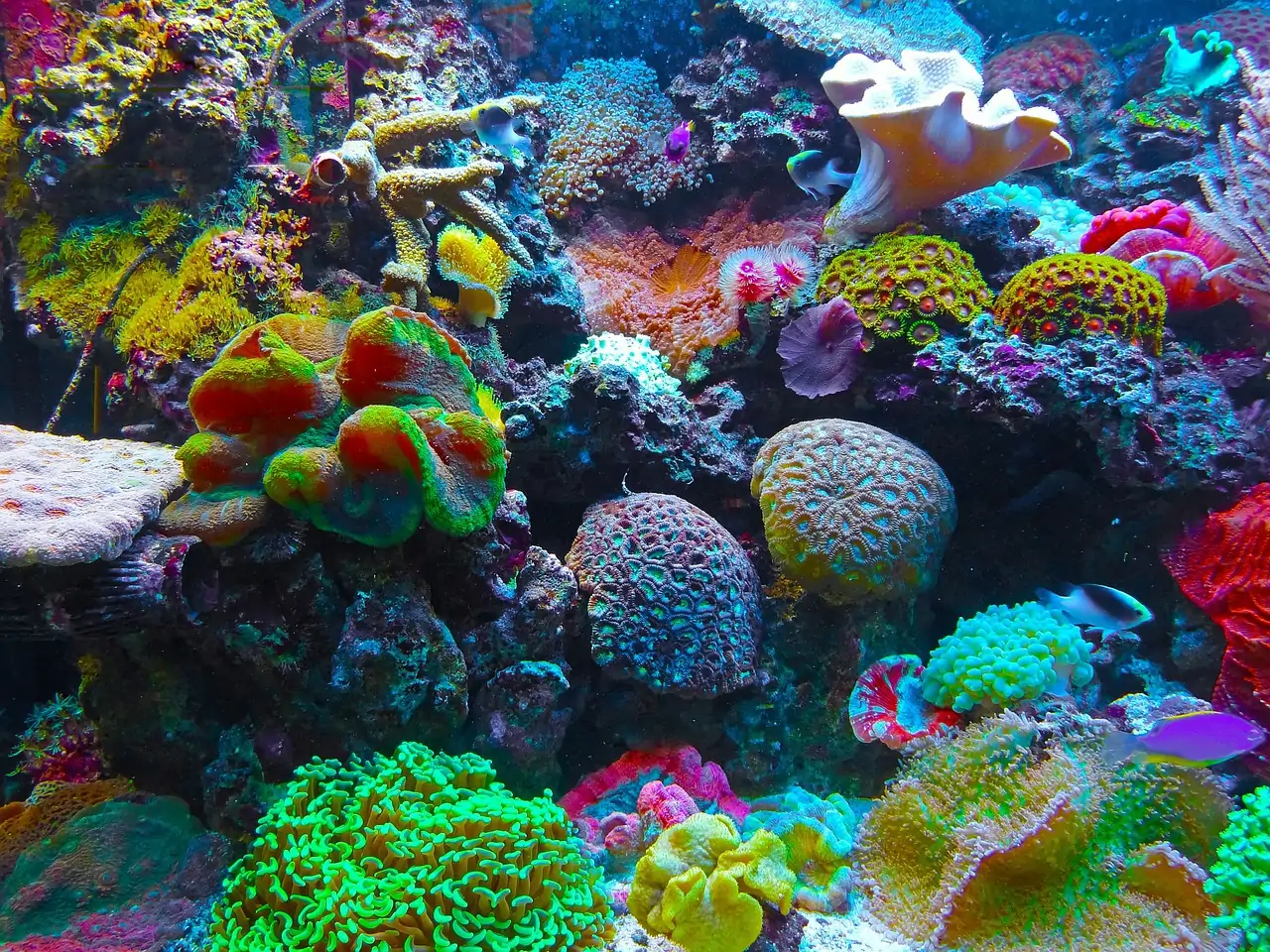
These polyps build their shell-like, hard, protective homes by secreting calcium corbonate around them. This is how coral reefs are formed. Over time, the polyps die in their homes and become a part of the structure.
The next generation of polyps continue the cycle, building their homes atop those of the previous polyp generation and adding to the growth of the coral reef. There are many types of coral and not all is used in the creation of jewelry.
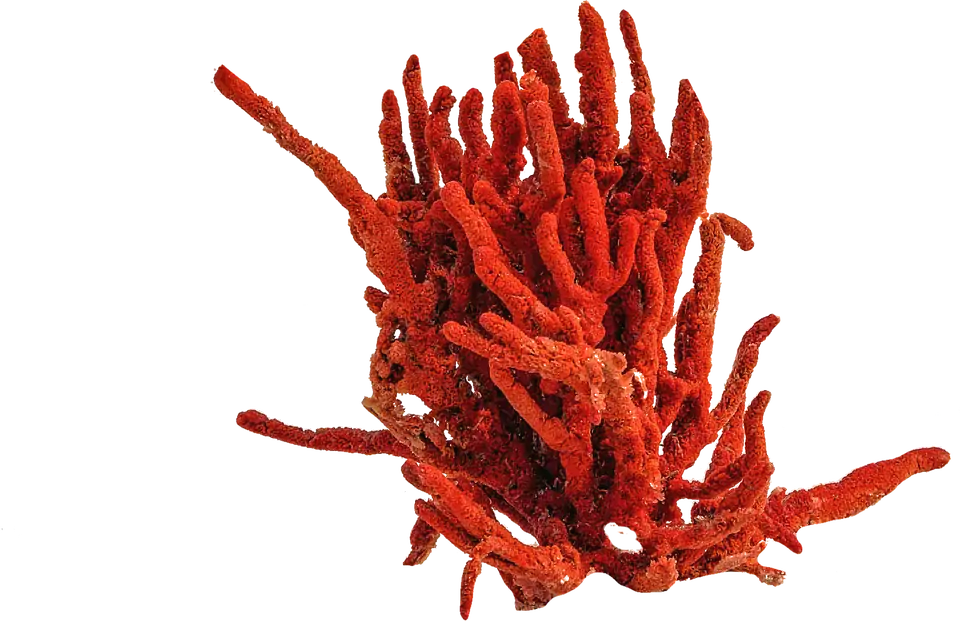
The precious variety that is used in jewelry is the orange, antler-like branching stuff that grows in tropical and subtropical oceans and is known as Corralium rubrum.
Coral has been used in jewelry since ancient times, and like shell, is one of the oldest materials used in the creation of jewelry and ornaments.
The Use of Coral is Controversial
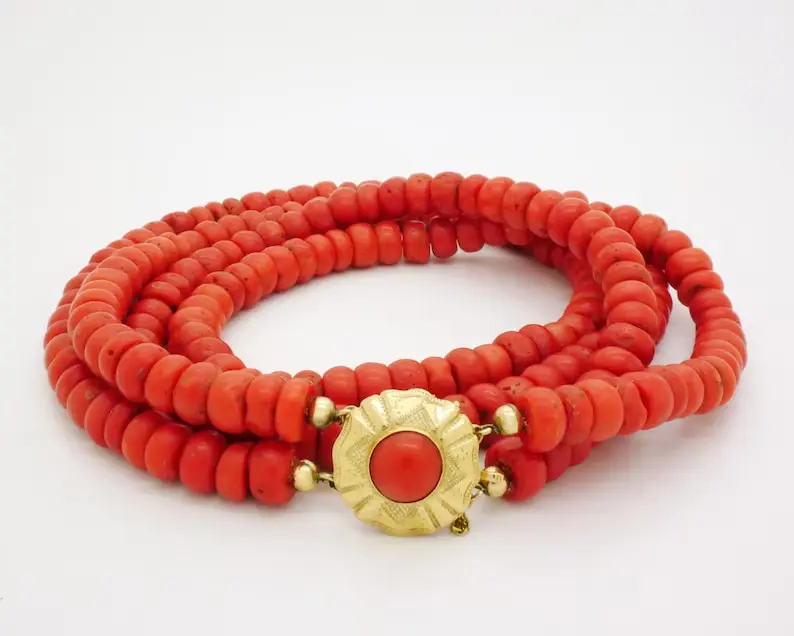
We can’t talk about coral jewelry without mentioning the negative impact it has on the environment. This is an issue that consumers care about – which is why many big jewelry brands no longer include coral in their collections.
Because coral grows very slowly (only about a millimeter per year), harvesting coral destroys the reefs. This is devastating for marine life, as coral reefs are invaluable for our marine ecosystems. Not only that, but they also act as barriers, protecting shorelines from waves, floods, and storms. Coral reefs also teem with diverse lifeforms, supporting healthy ocean food networks.
When the demand for coral jewelry is high, as it is in some countries, it drives the destruction of these precious reefs. However, some take issue with the message that coral should be protected and not worn, instead saying that precious coral is too precious not to wear.
If you really want to have a piece of coral jewelry, consider purchasing a vintage or antique piece. That way, you’ll be using a piece that already exists – reducing the demand for new coral jewelry.
What Color is Coral?
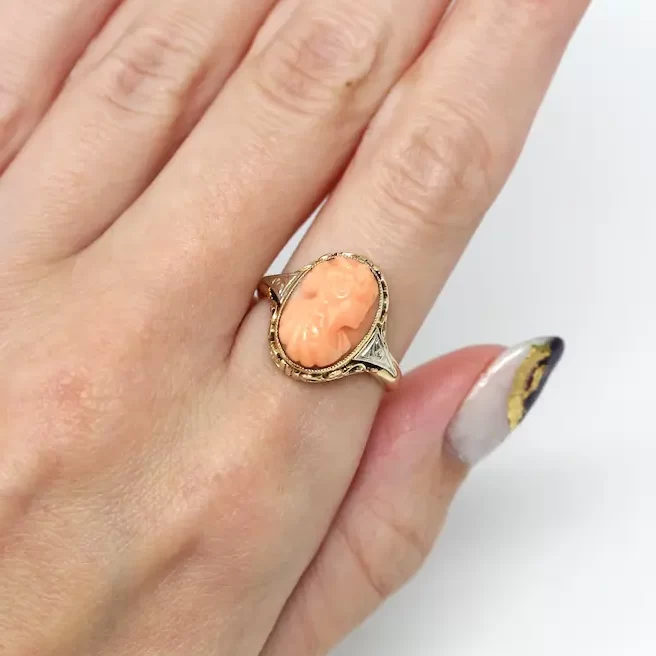
Like aquamarine and turquoise, coral is one of the few gemstones that specifies a certain color, referring to a beautiful pinkish-orange color. However, in reality, coral occurs in a range of colors, including white, pink, red, and orange as well as rare gold, blue, and black varieties.
The most common coral color is white, although the variety used in jewelry is typically pink to red. This is known as precious coral or red coral and is the most sought after.
Coral Luster and Clarity
Coral used in jewelry is often translucent to opaque in clarity. In its natural state, coral is not lustrous, but when polished and waxed, it displays a smooth, glossy sheen. The quality of the luster depends on how well the gemstone has been polished and the jeweler’s particular preference. Some jeweler’s like to work with a rough looking piece of coral while others like a mineral-gemstone sheen polish.
Coral Cut
Most coral is polished and cut en cabochon. You’ll rarely come across faceted coral because coral is a soft gemstone and does not withstand cutting well. Coral can also be carved into intricate designs and cameos. It has an appearance similar to jade when carved, with a silky, appealing look that makes you want to reach out and touch it.
Choosing Coral Jewelry
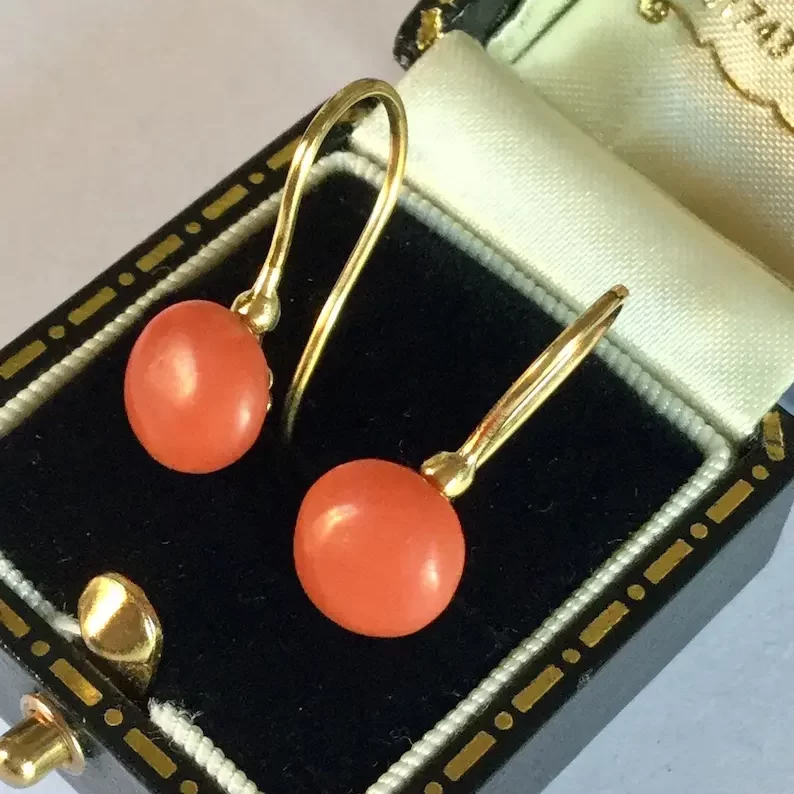
Precious coral is not an expensive gemstone and can be found in price ranges to suit all budgets. But if you thought that coral is only used in inexpensive casual jewelry, think again.
While the stone itself is not incredibly valuable, you will find expensive coral jewelry on the market on par with the best gemstones. Note that the materials used, craftsmanship and designer all add value to the final product.
piece of coral jewelry adds a pop of color to any outfit, be it casual or formal. A little coral tends to go a long way as the distinct color draws the eye and attracts attention. For formal or dressy events, consider a pair of dangle coral earrings, a coral cocktail ring or statement necklace.
For more casual settings, some popular options are a coral beaded bracelet, a simple coral pendant on a chain, coral studs or stacking ring.
Depending on whether your taste is minimalist or maximalist, you can choose a piece that suits your style and personality.
In regards to the metal color, we find that precious coral goes best with rose or yellow gold. Warm metal colors complement the warm colors of coral and create a soft transition from metal to gemstone. Pairing silver-hued metals and coral gives a more modern, chic look but the combination can be harsh and the coral often stands out starkly against silver.
While coral is not typically treated, sometimes it can be dyed to bring out a more vivid color. The jeweler should be able to disclose this information to you.
How to Clean and Care for Coral
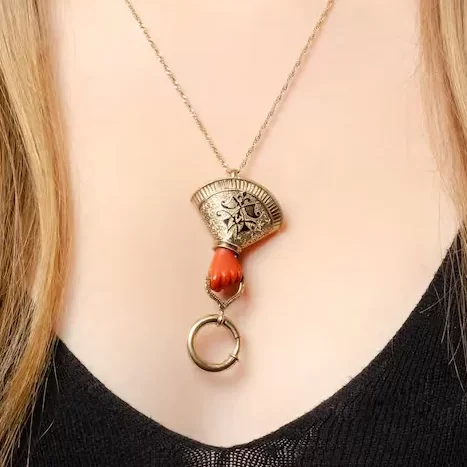
Coral, like all organic gemstones, is soft, only ranking at 3-4 on the Mohs scale. This means that the stone can easily be scratched, damaged, and even fractured. Care must be taken to ensure that coral jewelry lasts a long time.
Here are some precautions to take:
- When coral jewelry is dirty, use a mild liquid soap and a soft cloth or toothbrush to gently wash the dirt and grime away. Avoid using harsh detergents or abrasive brushes as these will scratch the surface and cause damage. Once washed, dry thoroughly to avoid water stains.
- Don’t use ultrasonic cleaners to clean your coral jewelry. The intense vibrations can cause coral to fracture.
- Coral tends to fade over time, especially when exposed to heat or direct light sources. Coral jewelry should be kept away from heat to protect its color. Even so, some fading and loss of color is inevitable.
- When storing precious coral jewelry, ensure that it is dry and stored in a separate pouch or fabric-lined jewelry box. This will protect it from being scratched by harder objects such as other gemstones and metals.
- Avoid exposing your coral jewelry to household chemicals. This includes detergents, cosmetics, perfumes and hair spray. When dressing up, always add your coral jewelry after you have applied your makeup and perfume.
- If engaging in vigorous activities like gardening, hiking or swimming, take off coral jewelry to keep it safe from impact.
While these precautions may seem like a lot of work, note that this is recommended for all soft gemstones such as pearls and opals and not just for coral.
Coral Symbolism and Meaning
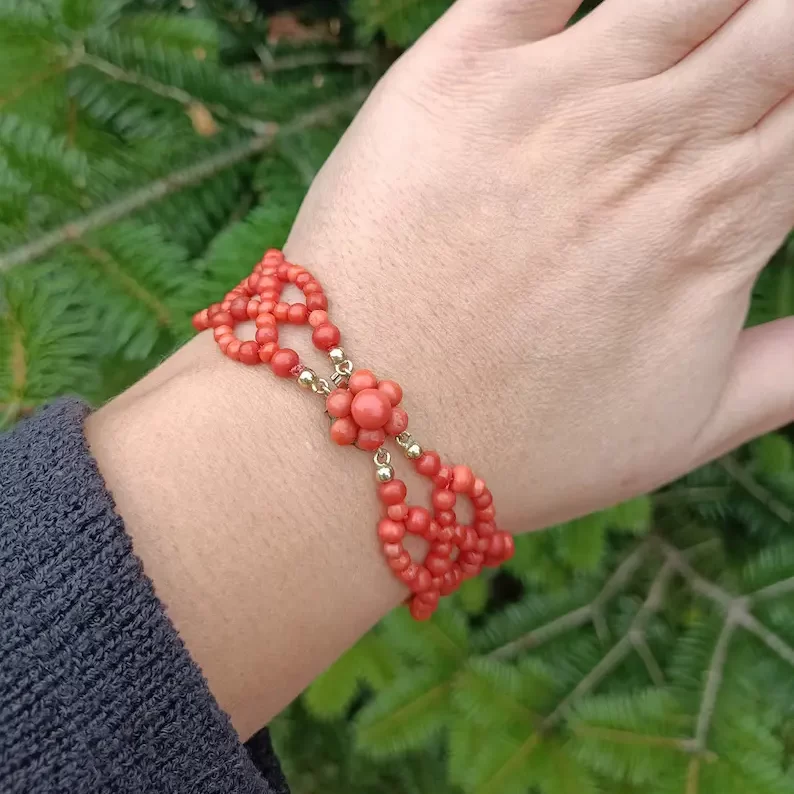
Like all gemstones used for thousands of years, coral has acquired metaphysical, mystical, and mysterious properties. Many cultures have varying beliefs attributed to coral but the common theme is protection, healing, relaxation and transformation.
Since ancient times, coral has been believed to be a protective stone and was worn as an amulet to safeguard oneself from negativity, evil spirits, and intentions. Like the nazar boncugu used in Turkey, coral was used in Italy to protect from the evil eye. Even today, many still believe in coral’s protective properties and wear coral jewelry for this reason.
Coral is believed to be a stone of transformation, peace, and relaxation. For those trapped in negative thoughts about the past, coral is believed to be able to help you free yourself and move on. It provides a sense of calm and creates an environment of relaxation, reminiscent of the sea from which it originates.
Coral is also believed to hold healing properties, especially for women and children. It is thought to assist in relieving issues related to the circulatory and nervous systems, blood-related problems and strengthening the skeletal structure.
Where to Buy Coral Jewelry
Coral is not the typical gemstone that you’ll find at your local jewelers. It may be difficult to come across quality pieces in-store, which is why we recommend taking your search online.
Amazon has a wide range of coral jewelry, starting at just a few dollars and reaching all the way to thousands of dollars. There’s bound to be coral jewelry that you like listed on Amazon.
We also recommend searching for coral jewelry on Etsy. A marketplace for artisans and designers, Etsy has a wide variety of coral jewelry, from genuine antiques to modern pieces.
Wrapping Up
Today, the interest in coral jewelry is diminishing in many countries, as it should be, and it remains a highly controversial material for jewelry. It’s not a sustainable gemstone, which is why many big brand names no longer use coral in their jewelry. However, as a material, coral is beautiful and unique. It’s easy to understand why this gemstone has been so sought after.


